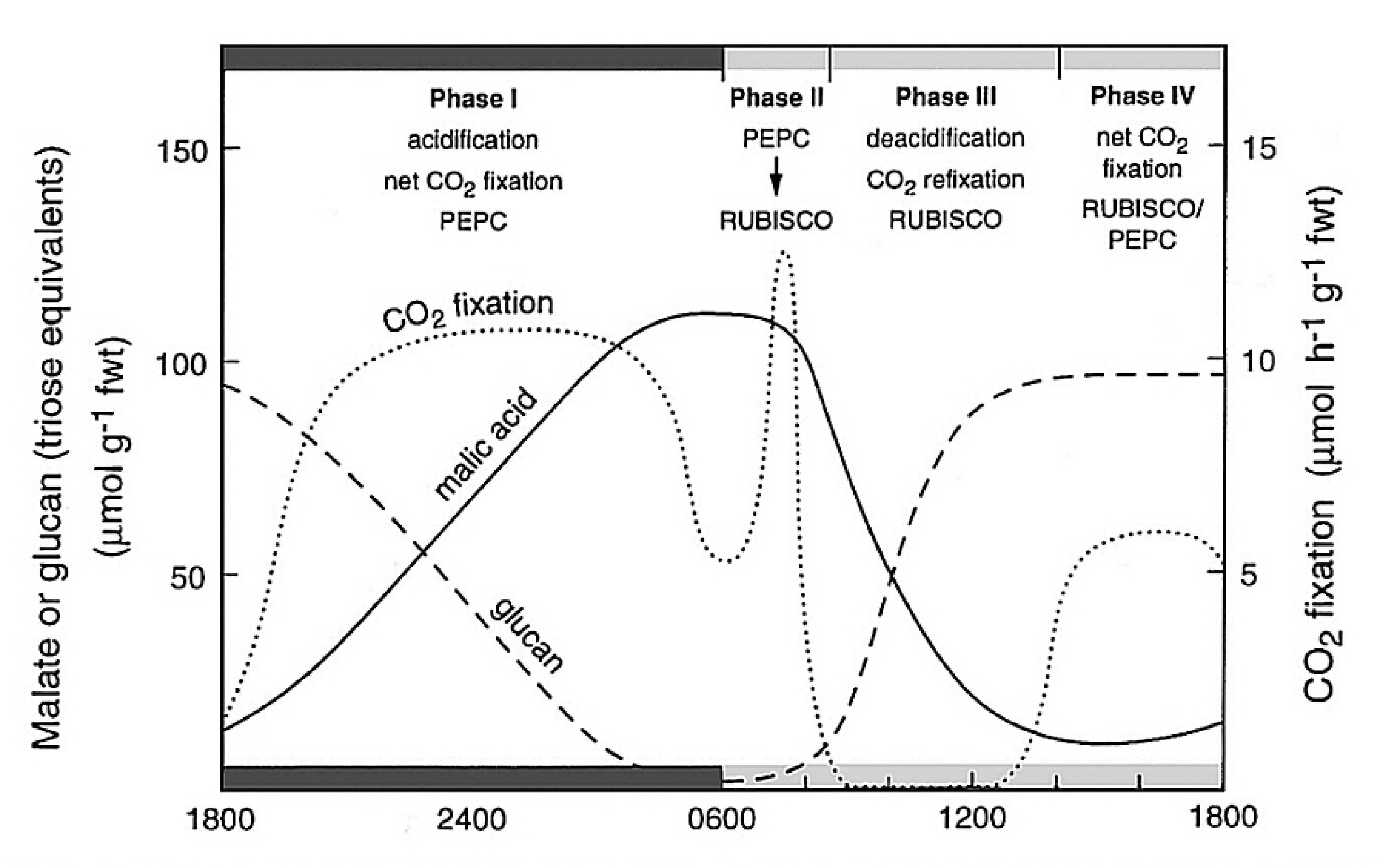
2018 Jun 258:345-353.Ĭurrent advance in biological production of malic acid using wild type and metabolic engineered strains The application of Malic acid may be used as an additional hurdle contributing to extend the shelf life of raw poultry.īioresour Technol. monocytogenes on poultry, it did not completely inactivate the pathogen. CONCLUSIONS: This study demonstrates that, although Malic acid did reduce populations of L. Treatments with Malic acid reduced bacterial growth and preserved reasonable sensorial quality after storage at 4☌ for 6 d. Sensory quality was not adversely affected by Malic acid. monocytogenes compared with control legs, with a decrease of about 1.66 log units after treatment. Legs washed with 2% Malic acid showed a significant (P < 0.05) inhibitory effect on L. monocytogenes, mesophile, psychrotroph, and Enterobacteriaceae counts were evaluated after treatment (d 0) and after 1, 3, 6, and 8 d of storage at 4☌. Surface pH values, sensorial characteristics (odor, color, texture, and overall appearance) and L. METHODS AND RESULTS: Fresh inoculated chicken legs were dipped into a 1 or 2% Malic acid solution (vol/vol) for 5 min or distilled water (control). This work evaluated the effect of Malic acid washing on the growth of Listeria monocytogenes on poultry legs stored at 4☌ for 8 d.

#Malic acid cam skin
Malic acid supplementation may be useful for conservative treatment of calcium renal stone disease by virtue of its capacity to induce these effects.Įfficacy of malic acid against Listeria monocytogenes attached to poultry skin during refrigerated storage. It plays a role in many sour or tart foods. Malic acid is a dicarboxylic acid that is naturally found in fruits such as apples and pears.


 0 kommentar(er)
0 kommentar(er)
